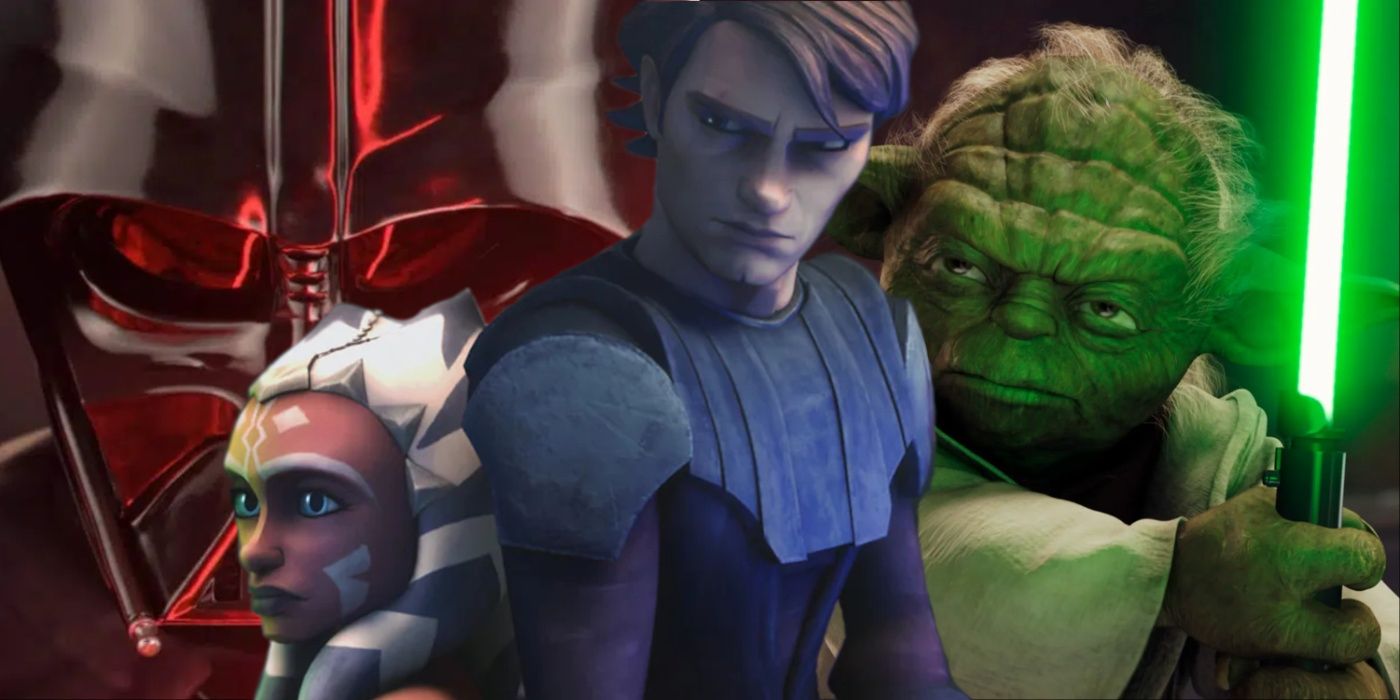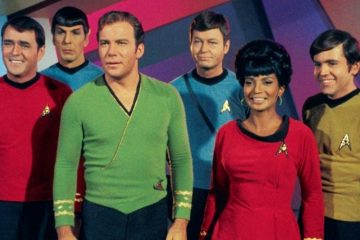Canonically portrayed as a binary energy, The Force in Star Wars consists of a light and dark side that “binds the galaxy together” and stems from life itself. Through this dichotomy, as a consequence, Force-wielders are depicted as either Jedi or Sith — religious practitioners whose two distinct monastic philosophies are at odds with one another. Due to their intrinsic natures, a constant power struggle within the galaxy ebbs and flows between both groups, depending on which is stronger. This dynamic, of course, was brought to fruition by Star Wars creator George Lucas, and he won’t have it any other way, despite some of the fandom arguing that there’s a middle ground a character can take between the two ideologies: becoming a gray Jedi. Nevertheless, according to Lucas, grey Jedi don’t exist.It’s hard to argue against the architect of any significant body of work, so in most instances, fans have to take their word as gospel when trying to understand the details of their vision. The same goes for George Lucas’ views on the Force within Star Wars. However, that’s not necessarily true. Art, whether literature, cinema, or any other medium, is meant to be picked apart and analyzed (how else does one understand a work’s message and connect with it?). So once shared with the world, a piece — in a sense — no longer belongs to the artist. This idea defines the “death of the author” concept, which is a part of a long tradition of art criticism and theory, and Star Wars (as art) is not exempt from this. As a franchise, Star Wars has gained a life of its own — one too complex to break down into a juxtaposition of good and evil, especially since the Force itself has a “will of its own” and influences those sensitive to the energy as it sees fit. Besides, the Force that Lucas envisioned, although only consisting of light and dark sides, was meant to be balanced. However, there’s no natural way to achieve this if the Force is strictly limited to one or the other, so gray Jedi must exist to obtain this symmetry. More importantly, the Star Wars franchise has indirectly given the fandom two prime examples of a gray Jedi: Ahsoka Tano and Anakin Skywalker.Because the Force can “direct” people’s “actions” and has four unique elements, it’s more diety-esque than merely an energy field. Since this entity, in turn, has a will and comes from the essence of life, it only makes sense that the energy is the embodiment of life itself. The significance of this is that living beings are neither strictly good nor evil but a mixture of the two. That means, realistically, the Jedi and Sith doctrines don’t sufficiently encompass humanity or possess the tenets to allow their acolytes to achieve a sustainable equilibrium. This hindrance is also expressed in the Jedi and the Sith creeds.RELATED: What is Balance in the Force? Star Wars: The Clone Wars Had the Answer
Canonically portrayed as a binary energy, The Force in Star Wars consists of a light and dark side that “binds the galaxy together” and stems from life itself. Through this dichotomy, as a consequence, Force-wielders are depicted as either Jedi or Sith — religious practitioners whose two distinct monastic philosophies are at odds with one another. Due to their intrinsic natures, a constant power struggle within the galaxy ebbs and flows between both groups, depending on which is stronger. This dynamic, of course, was brought to fruition by Star Wars creator George Lucas, and he won’t have it any other way, despite some of the fandom arguing that there’s a middle ground a character can take between the two ideologies: becoming a gray Jedi. Nevertheless, according to Lucas, grey Jedi don’t exist.
It’s hard to argue against the architect of any significant body of work, so in most instances, fans have to take their word as gospel when trying to understand the details of their vision. The same goes for George Lucas’ views on the Force within Star Wars. However, that’s not necessarily true. Art, whether literature, cinema, or any other medium, is meant to be picked apart and analyzed (how else does one understand a work’s message and connect with it?). So once shared with the world, a piece — in a sense — no longer belongs to the artist. This idea defines the “death of the author” concept, which is a part of a long tradition of art criticism and theory, and Star Wars (as art) is not exempt from this. As a franchise, Star Wars has gained a life of its own — one too complex to break down into a juxtaposition of good and evil, especially since the Force itself has a “will of its own” and influences those sensitive to the energy as it sees fit. Besides, the Force that Lucas envisioned, although only consisting of light and dark sides, was meant to be balanced. However, there’s no natural way to achieve this if the Force is strictly limited to one or the other, so gray Jedi must exist to obtain this symmetry. More importantly, the Star Wars franchise has indirectly given the fandom two prime examples of a gray Jedi: Ahsoka Tano and Anakin Skywalker.
Because the Force can “direct” people’s “actions” and has four unique elements, it’s more diety-esque than merely an energy field. Since this entity, in turn, has a will and comes from the essence of life, it only makes sense that the energy is the embodiment of life itself. The significance of this is that living beings are neither strictly good nor evil but a mixture of the two. That means, realistically, the Jedi and Sith doctrines don’t sufficiently encompass humanity or possess the tenets to allow their acolytes to achieve a sustainable equilibrium. This hindrance is also expressed in the Jedi and the Sith creeds.
#Star #Wars #Anakin #Skywalker #Ahsoka #Tano #Grey #Jedi #Heart
Note:- (Not all news on the site expresses the point of view of the site, but we transmit this news automatically and translate it through programmatic technology on the site and not from a human editor. The content is auto-generated from a syndicated feed.))



